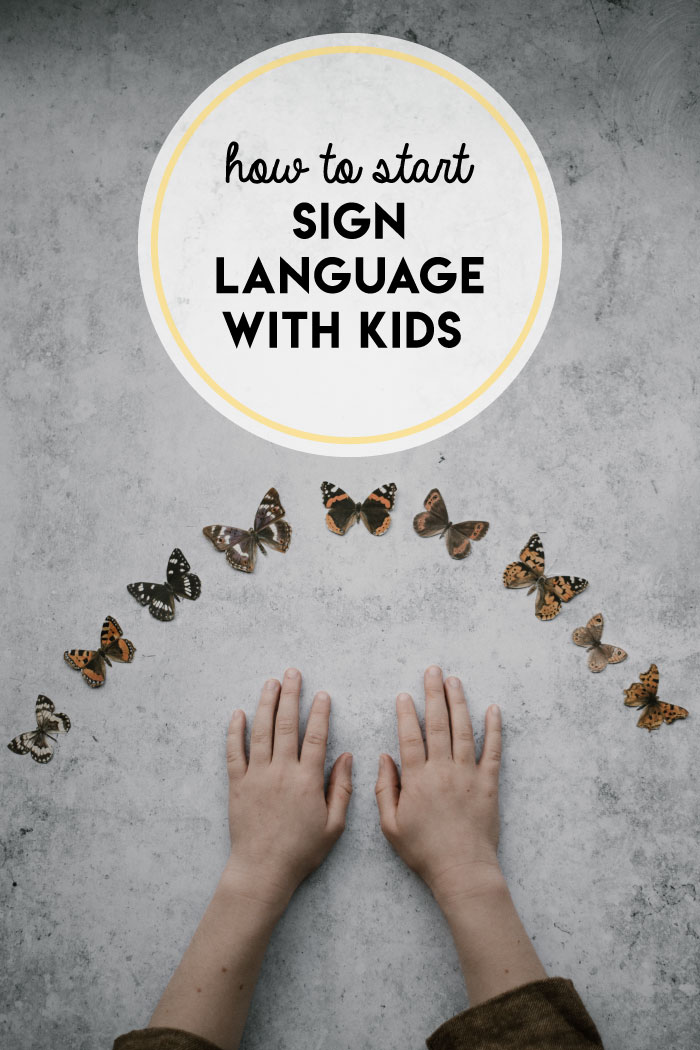How To Start Sign Language With Kids
Today, Suz offers tips for getting started with sign language:
Learning to sign with your baby can be a fun and empowering experience for the whole family. Signing provides a way to bond while offering precious insight into your baby's wants and needs before they can verbalize, which for us has resulted in fewer tantrums and guessing games as to what our child needs. Here are some tips we have learned from various professionals, and tools we have used. Signing works wonderfully for both differently-abled and typical children.
1. Look for classes
Start by calling your local YMCA, community hospital, or early intervention center. Many of these places offer great "baby and mommy" signing classes, materials (videos, books, tips), etc. that can get you off to a good start.
2. Find learning material
Libraries also have great resources, including children's books that include sign language. Evan and I also have learned a lot of signs form the Baby Signing Time series. And ASLPro.com also offers a great video dictionary that shows you how to do a particular sign if you are stuck or are looking for seasonal words, such as "easter bunny" or "snow."
3. Start slow
Focus on 1 to 2 signs at a time, and start with common activities or items. Good starters include words such as “eat,” “more,” “drink,” “diaper,” and “dog.”
4. Be consistent
Model the sign and the spoken word together (i.e., say "more" while showing the sign for "more") as consistently as you can. This will help build your baby's language comprehension, and encourage him or her to use the spoken word rather than the sign when they are able.
5. Make signing fun
Encourage siblings, cousins, friends, and caregivers to learn a few signs too. Evan loves when others can sign with him, and I can tell he feels empowered by the interaction.
6. Be patient
It can take some time before your baby may initiate a sign on his or her own, but be patient and it will come (plus, baby no doubt is having fun watching you!) Evan was 10-months-old before he initiated his first sign, and it was worth the wait!
7. Remember that it’s just like verbal learning
Similar to how a child’s first words aren’t perfectly articulated, don't be surprised if your child's sign is not exactly the same as the official sign. It is a great start and will often mold into the more commonly used sign with practice.
We started signing with our son Evan when he was 4-months-old, and now at 2.5 years, he has over 105 signs and can sign sentences such as, "I have to go potty, please," or "I need a drink." He is a very happy, confident and expressive boy, and I give a lot of credit to the signing. And as his mama, it feels wonderful knowing exactly what he needs.
Photo by Annie Spratt on Unsplash

